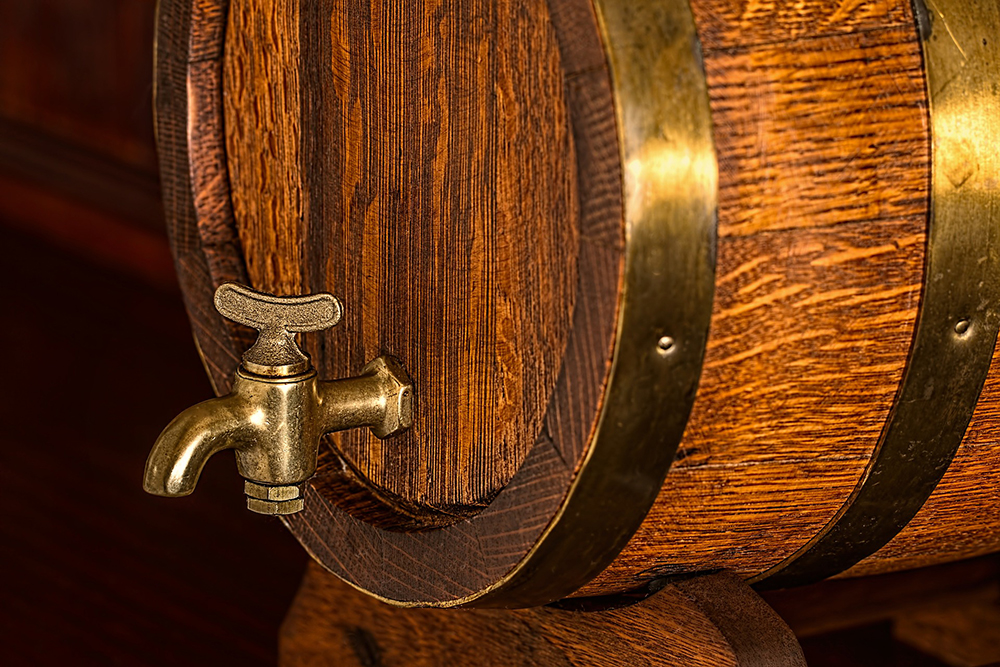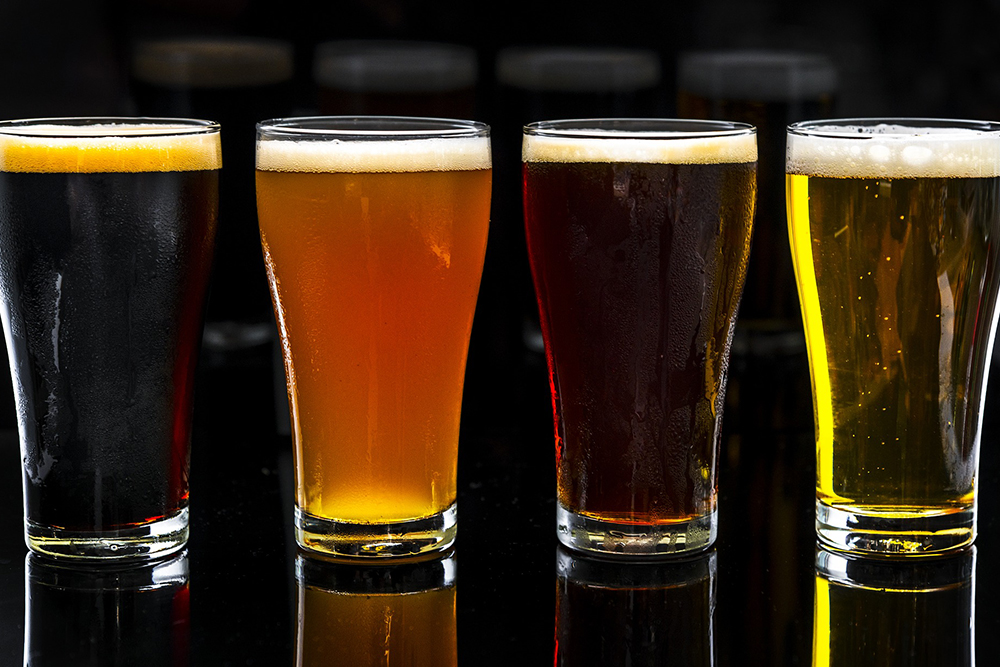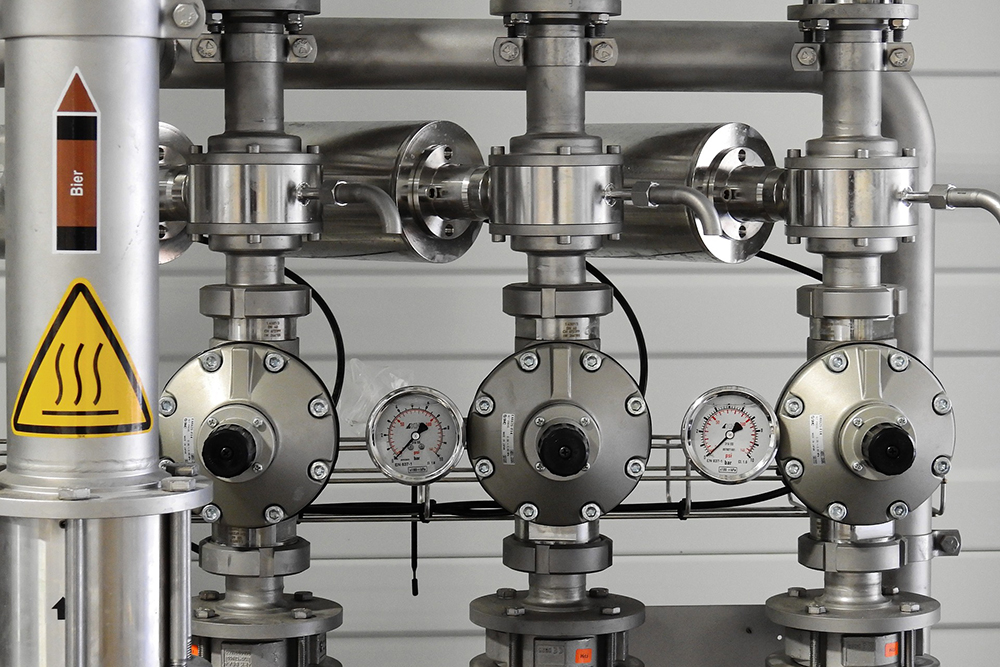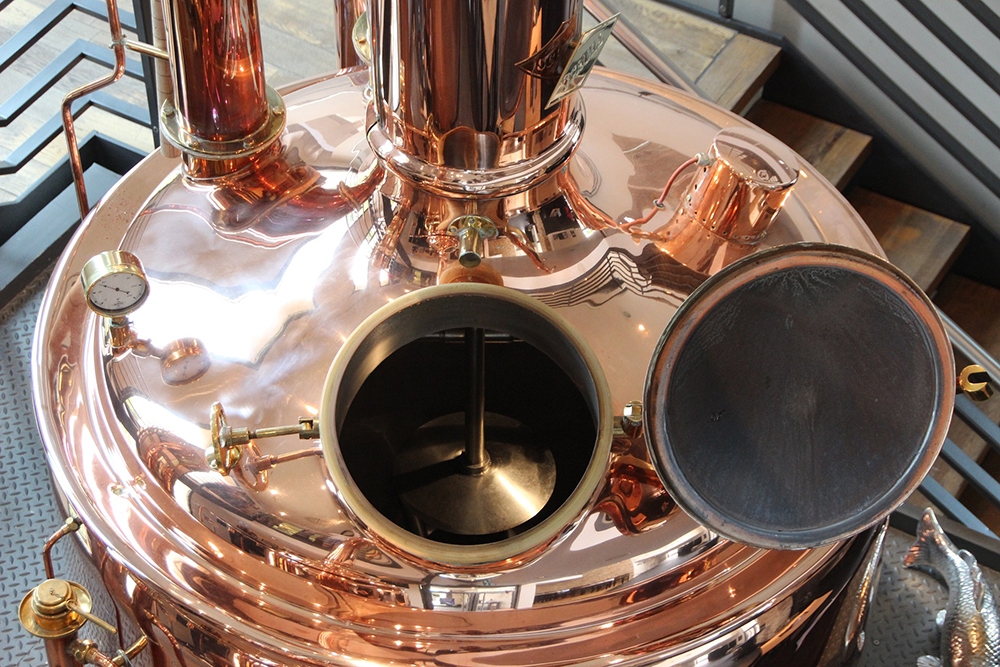Authors: Roland Wuchrer, Anika Peucker | Translation: Anna Knollmann
Can German beer become even better?
We Germans love our "liquid bread". Especially in a sociable Christmas atmosphere, a blonde is something special! By the way: We Germans believe that we are THE beer nation. However, this is not quite true. Because at least as far as drinking is concerned, Czechs consume more. But where does beer come from?
Beer is over 6000 years old
The first beer is said to have been brewed over 6000 years ago. The first people to brew beer were the Sumerians. Also, the Babylonians knew 2000 B.C. already 20 different kinds of beer. According to a law, every Babylonian was entitled to at least two liters of beer a day - depending on his rank. The Greeks also knew beer in pre-Christian times. They recommended it as a sleeping pill. Even today, hops are said to have a calming effect and help you fall asleep. Of course, only if you do not drink too much.
But now to the core question: Since when have Germans known beer? Beer has been known here since about 700 BC. Whenever a particularly tasty beer was brewed, the brewer - brewing was a woman's business at that time - would invite her neighbors to drink a beer together. This custom later gave rise to the "Kaffeekränzchen" - a coffee party.
Monks as brewers
Monks brewed beer since the 9th century. In 1040 the Weihenstephan Brewery was officially granted a brewing and tapping license. This makes it the oldest brewery in Germany. With the sale of beer money could be earned. The residents soon noticed this. They then began to brew their own beer. This competition between monasteries and private companies was thus sparked and led to the monasteries being deprived of the right to serve beer, especially since no taxes could be levied on the monks' beer.
In the Middle Ages, the brewers added all sorts of things to the beer, including poisonous ones. This led to the enactment of the Beer Purity Law in 1516. After that, only water, hops and barley were allowed to be brewed. At that time yeast was not yet known.
Optimization through industrialization
A revolutionary invention was the refrigerating machine from Linde. This meant that beer could now be produced and stored for longer periods regardless of the outside temperature. Because from brewing experience, the brewmasters knew that a certain temperature, namely between 8 and 15 degrees Celsius, was necessary for optimal fermentation. This is why a good- tasting beer could previously only be brewed in winter or in caves or cellars. Later, beer producers discovered that the reason for this was yeast (micro- organism) or its activity, which is responsible for the transformation of malt sugar into carbon dioxide and alcohol.
High-tech in the brewing process
The beer production in breweries today is a fully automated process starting from the malt silo, through fermentation and finally bottling. This ensures the high quality and purity of the beers at a comparatively low price. Even though German beer is quite perfect, the production process can be further optimized.
The fermentation process is the central sub-step of beer production. The course of the fermentation process determines the quality and taste of the beer. The beer, or more precisely the wort, is stored in stainless steel tanks up to 20 meters high for fermentation. To gain an insight into the fermentation process, which takes five to seven days, a beer sample is currently taken once a day from the tank in the laboratory to determine the extract (residual sugar), ethanol and pH value. The brewers enter the values on a fermentation chart. They use these values to control the fermentation process and rely on centuries of experience. However, the quality parameters determined locally at individual points in the tank vary greatly due to the multi-phase alcoholic fermentation and convection in the tank, so that the values are only of limited significance for the overall process. However, the high personnel expenditure with this standard analysis procedure does not allow shorter measuring cycles. The acquisition of measurement data without additional effort and thus a better controllability of the fermentation process is therefore a long- cherished wish of breweries. For example, to ensure 100 percent that fermentation is completely complete, brewmasters are currently giving the beer half a day to a whole day more time during fermentation. What would happen if it were possible to measure time more precisely and thus omit the safety margin? The brewmasters could produce more beer with their existing fermentation tanks by reducing the brewing time. It is precisely this optimization screw that the Fraunhofer IKTS is working on.
The digital fermentation card for the master brewers - 100% inline quality control
For complete monitoring of the fermentation process, the IKTS scientists therefore want to develop a sensor system mounted in and on the tank, which permanently records measurement data over the entire volume. The aim is to simultaneously record the refractive index, temperature, pH value and ethanol content. The digital fermentation map generated in this way gives the brewmaster a comprehensive insight into the current state of his beer.
The original wort is a central measuring parameter for every beer. The original gravity reflects the initial sugar content and thus determines the nutrient content as well as the final alcohol content of the beer. A Pils, for example, has a original gravity of 11 to 12 percent, while a wheat has a wort of 10 to 13 percent. The Bock must contain at least 16 percent original gravity. The changing sugar content during fermentation is usually determined indirectly by the optical densities, the so-called refractive index, of the wort.
The refractive index is determined with a refractometer, which uses the refraction of light (refraction) or the total reflection at the interface between a measuring prism and the sample medium to be examined. The resulting deflection angle of the light provides information about the refractive index of the liquid. The sugar content is optionally determined by means of a densiometric oscillating U-tube. However, these laboratory methods have reached the limits of their miniaturization. A cost-effective on-site measurement on or in the tank is therefore difficult to implement with the measuring methods known to date.
The IKTS scientists want to overcome this limit with the multisensory measuring system they have developed. The basis for this multisensory measuring system is a miniaturized refractive index sensor with a nanostructured plasmonic gold layer. The optical properties of the gold layer change depending on the refractive index of the beer and are detected with high resolution by a compact evaluation electronics. By applying swelling polymer layers, so-called hydrogels, ethanol and pH value are also to be determined with the plasmonic refractive index sensor by means of an indirect change in refractive index. (A generally known hydrogel is the gummy bear, which expands in water and contracts again on drying). Finally, an electrical temperature sensor is installed, and all decisive quality parameters can be measured simultaneously inline.
In the first step, the physicists and engineers set up the multisensory measuring system as a probe. This allows the measurement evaluation to be carried out in parallel both in the laboratory and on the breweries' tanks. In the future, however, the sensor system should float in the tank. For this purpose, it must be equipped with inertial sensor technology (IMU) and buoyancy control, which in combination with acoustic and wireless communication technology guarantee freedom of movement. This is because the motion profile is recorded and controlled via IMU, buoyancy and data exchange. The scientists want to use radio to inform the sensor system of the next position when surfacing. Acoustic waves, on the other hand, ensure data exchange "under beer".
Sounds complex, do you think? It is, but it can be realized with the IKTS sensor system. The digital 24-hour provision of all essential parameters of the fermentation process must therefore, if everything works, not remain a dream of the art of brewing. The master brewers can then control the fermentation process in real time, shorten it and save resources. This also reduces their production costs. And all this without the need for costly
conversion of existing tank facilities.
Not only suitable for beer
However, such a sensor system is not only suitable for beer production. Miniaturization and data exchange in liquids make it predestined for areas of the chemical and pharmaceutical industries as well as biotechnology.
Environmental monitoring is also proving to be an interesting field of application for monitoring and quality assurance of waste, ground, mining, or process water. The multisensory measuring system helps to optimize processes in terms of energy and time.
Now after all the talk of beer, we wish you a cheers to the next one!
Stay informed: You are welcome to subscribe to our newsletter, read our other blog articles and follow us on LinkedIn, Instagram and YouTube.



